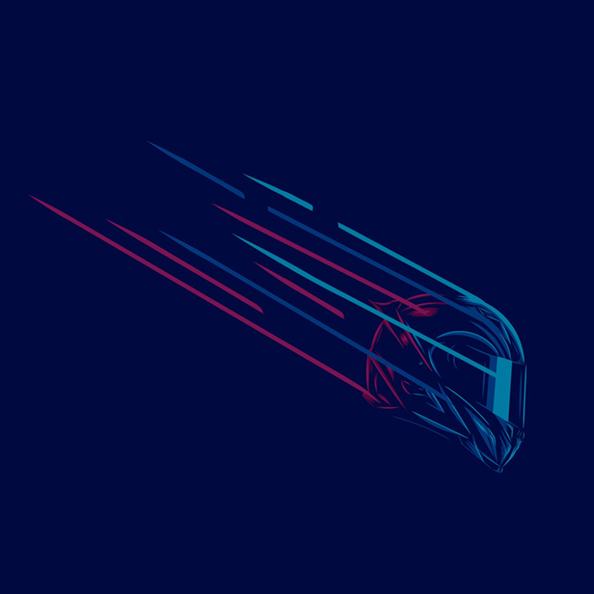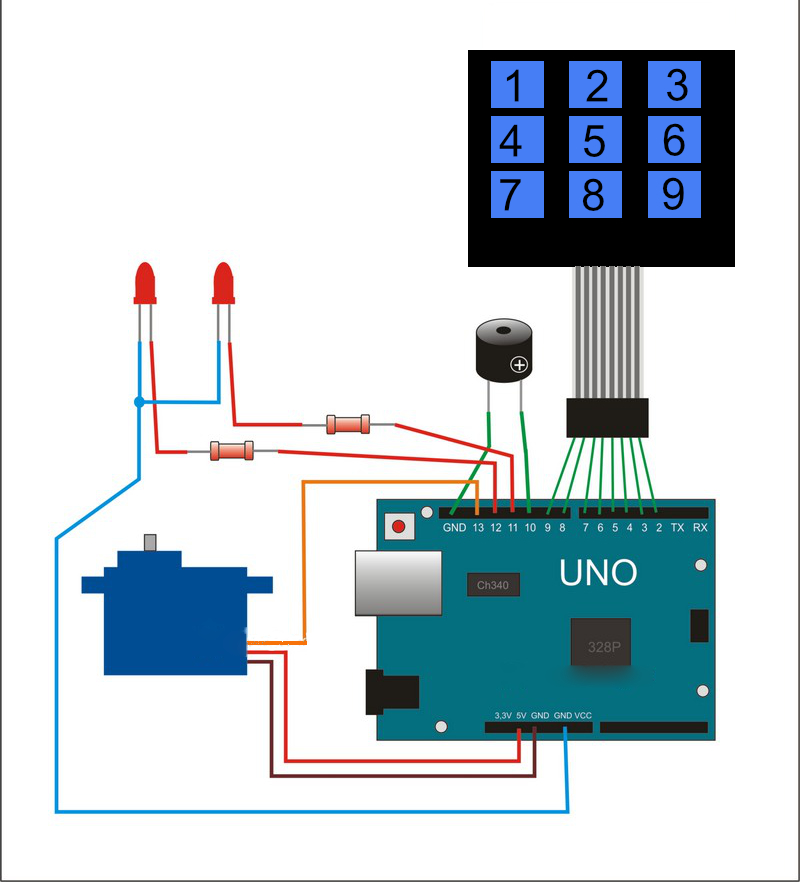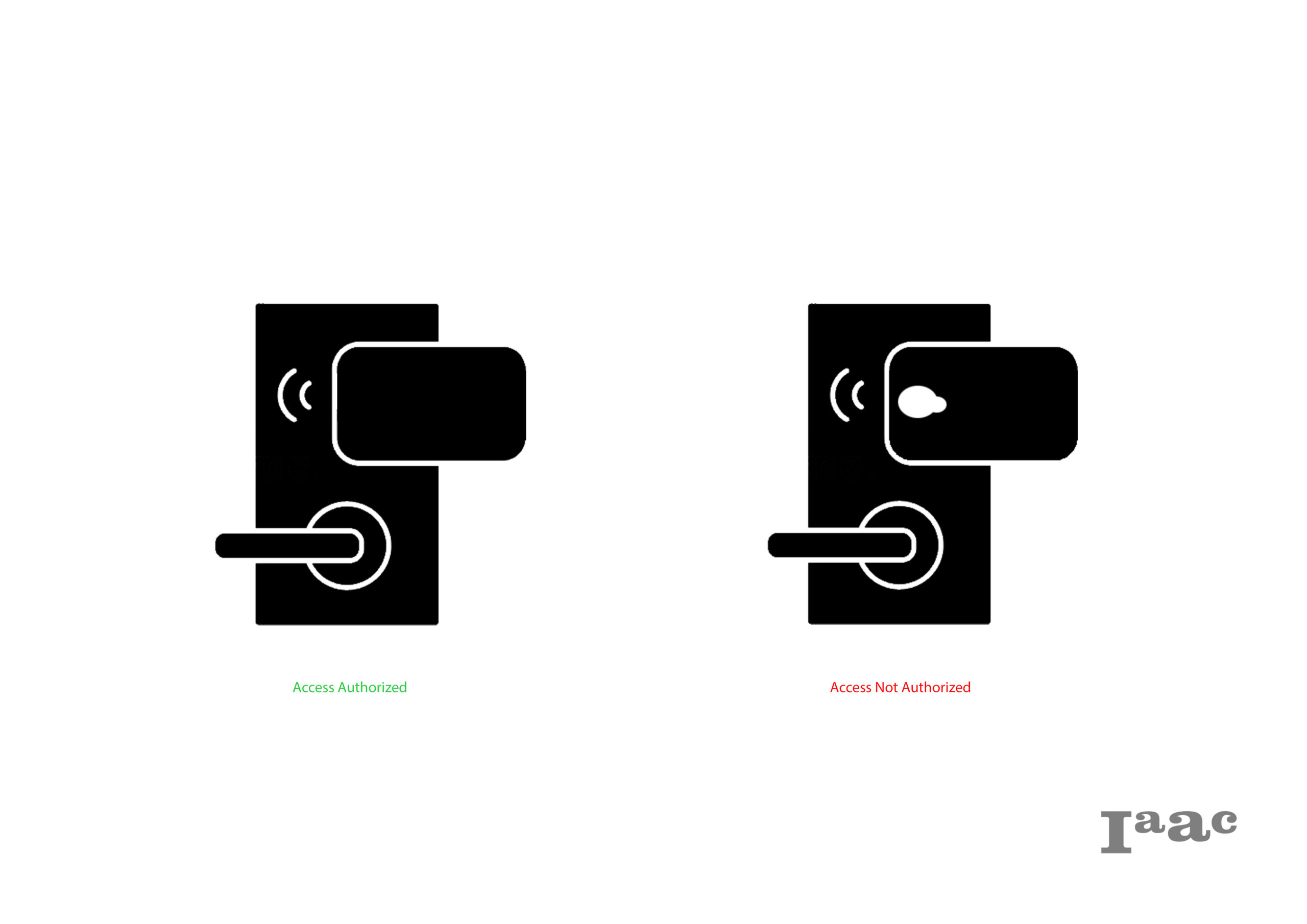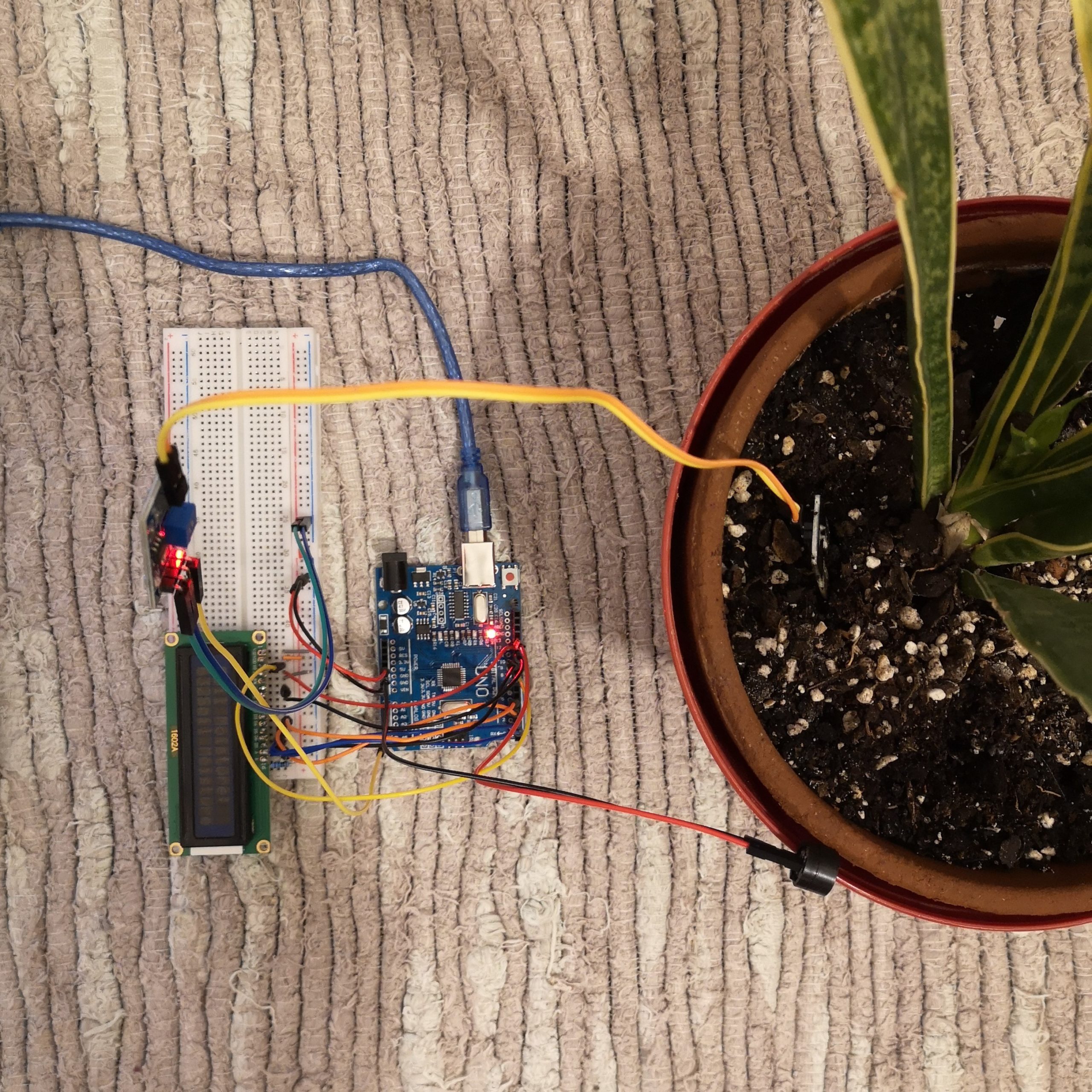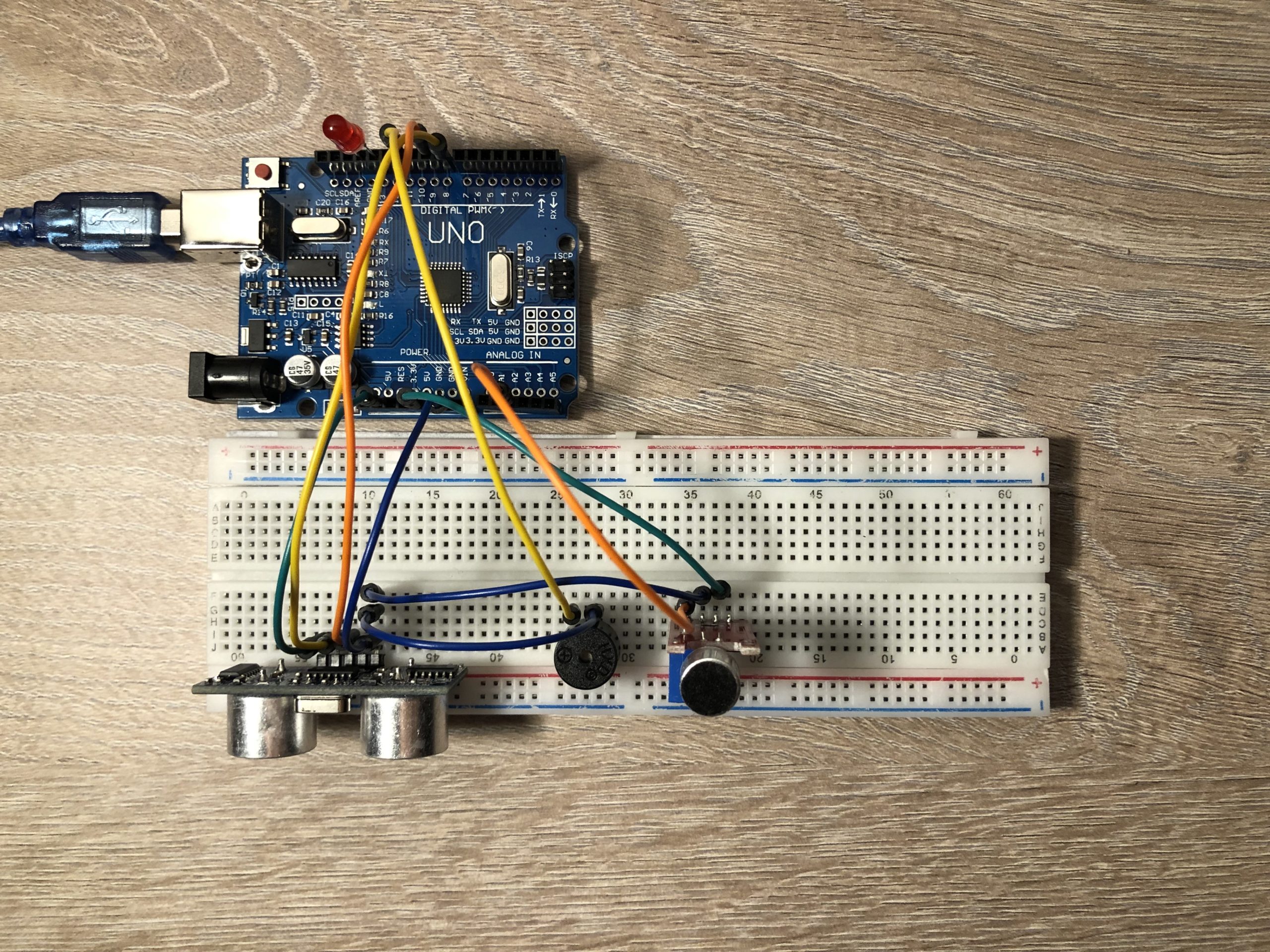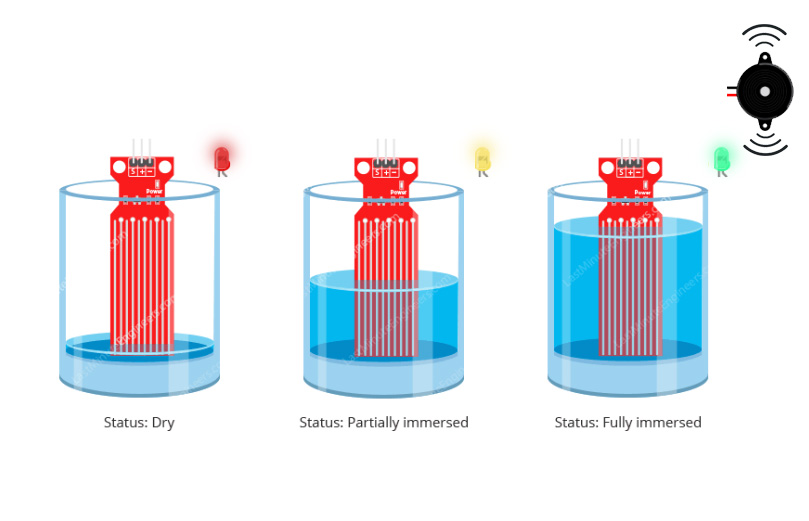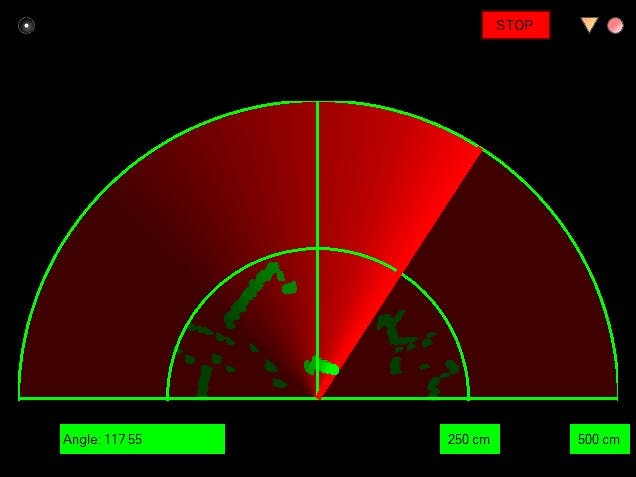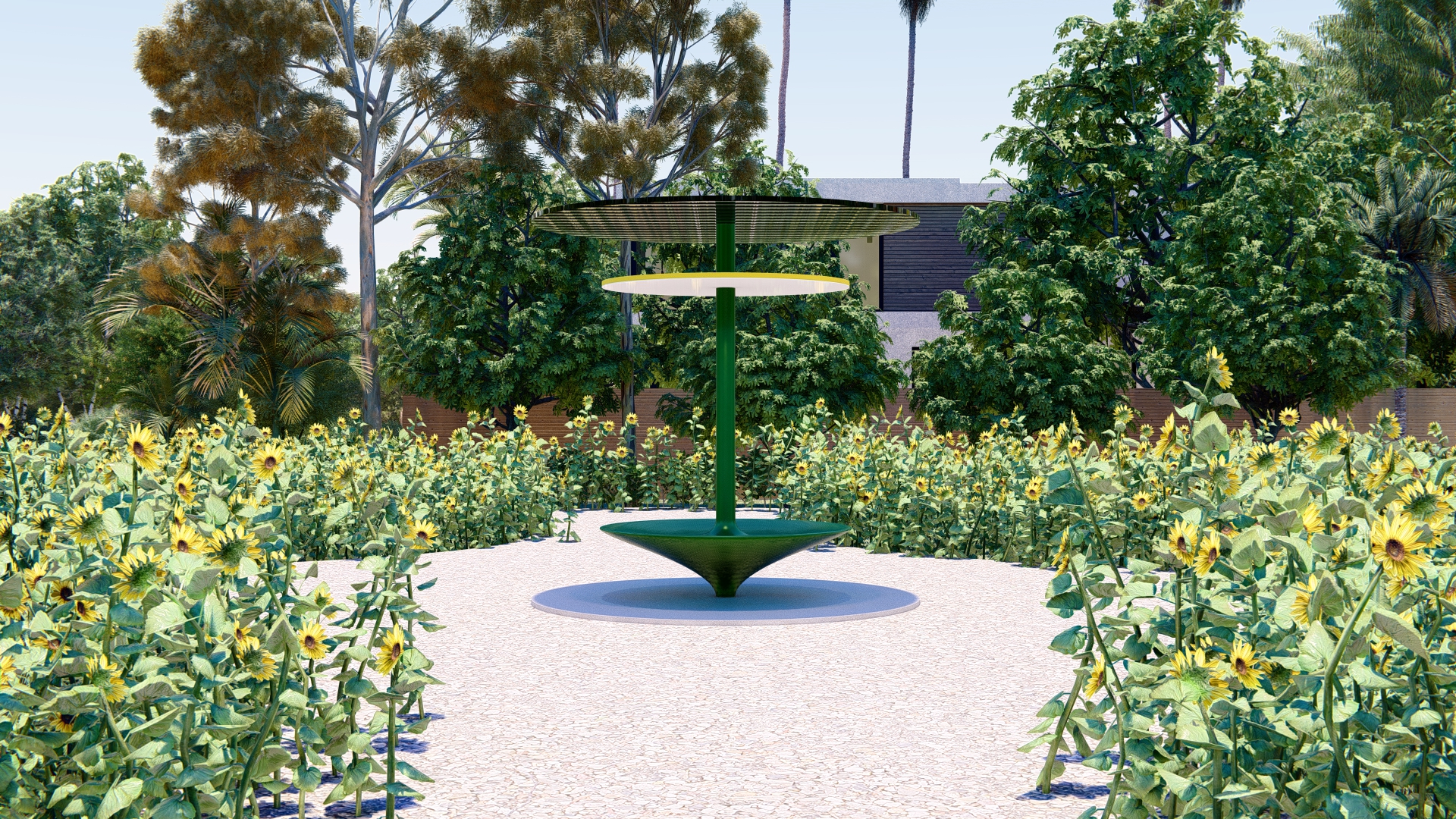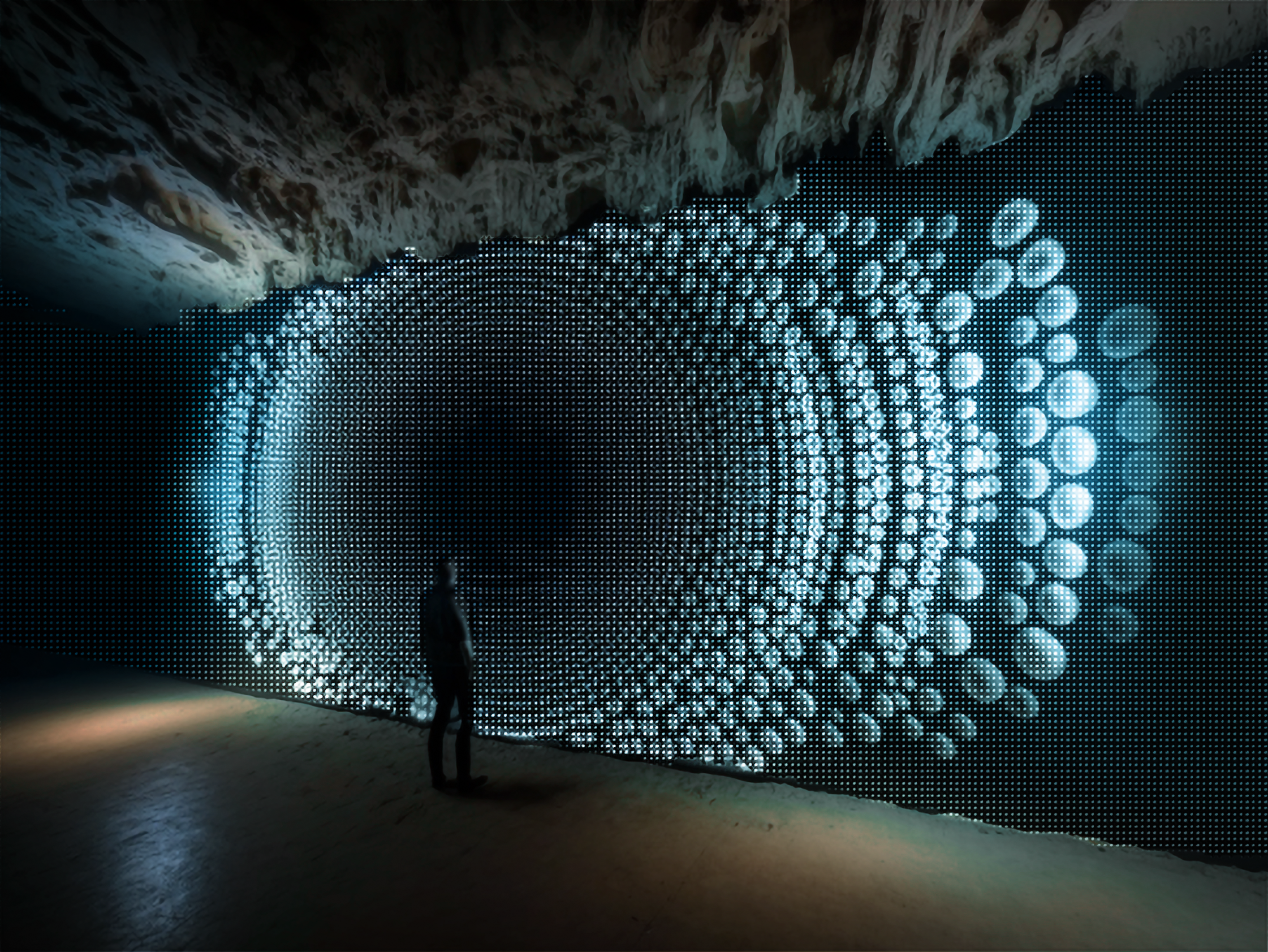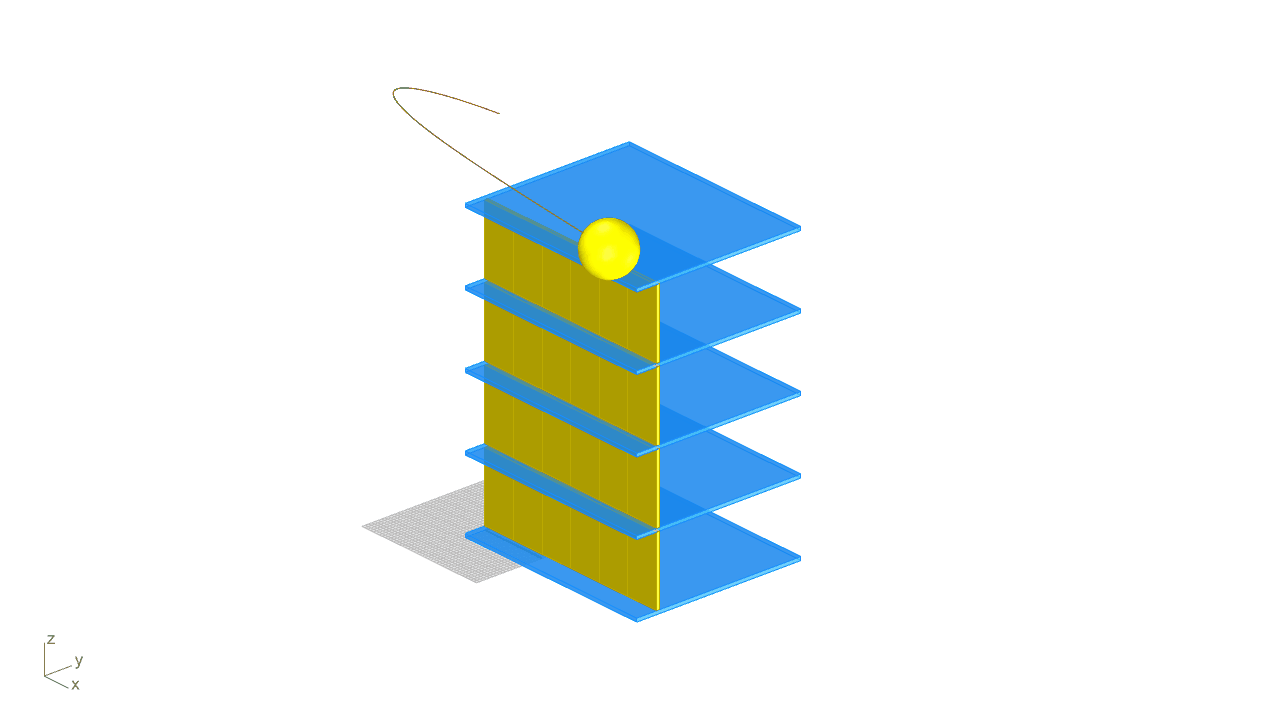Multiple electronic devices are used every day but it is hardly known how they are really made, how they work or what is the technology standing behind. Electronic devices are intentionally designed to be a “black box” that cannot be opened or modified, they can be accessed only through the provided closed interfaces. However, thanks to open source hardware and software it is becoming possible to understand how technology works and also to build personalised devices and machines.

Credits: Happy Plants: Self-Regulating Watering System by Michael Groth
Introduction to Programming and Physical Computing Seminar 2021/22
The Introduction to Programming and Physical Computing Seminar provides an essential introduction to the world of open source programming languages and physical computing. In this seminar students simultaneously learn basic programming and physical computing concepts. This equips students with the necessary hardware / software for data sensing and actuations to conduct more advanced research and architectural proposals with embedded technology. The students are introduced to the Arduino IDE and microcontroller as a platform to create devices that interact with their environment using sensors and actuators.
Learning Objectives
At course completion the students will:
- learn the basic concepts of programming that allows them to reach more depth in various physical computing topics as well as to jump to different programming languages;
- be able to sense the environment and act back through actuators;
- to develop smart apparatus that react to external conditions.




